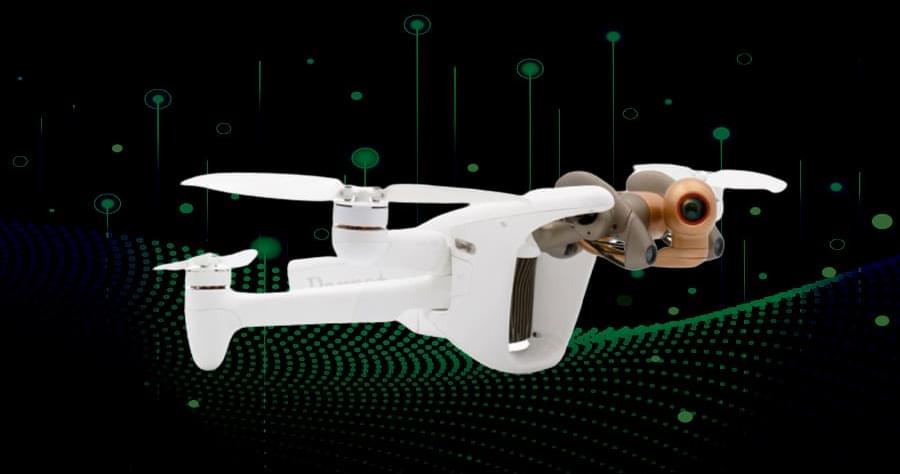Elroy Air unveils its heavy payload, long-flying autonomous VTOL cargo drone, with 500 orders worth $1 billion already on the books.
Given that autonomous functioning, heavier capacity, longer flight time than most cargo drones, and VTOL operation, Elroy says the Chaparral will transform how express freight is managed in developed markets, and open the activity to many others currently shut out.
“The Chaparral is an important part of the future of express logistics,” said Elroy Air CEO David Merrill. “It is built for full end-to-end automation, and it will safely and efficiently make express shipping possible in thousands of new places. It’s a delivery drone that’s faster than ground transport and lower cost than today’s traditional aircraft.”
The company says it has secured purchase agreements for more than 500 of its VTOL cargo drones from commercial, defense, and humanitarian customers, amounting to more than $1 billion in value. Those clients include Mesa Airlines, a regional US carrier operating large fleets on behalf of partners that include American and United Airlines. Freight giant DHL has also expressed its intent to order 150 Chaparral aircraft to facilitate express parcel and healthcare activity.



